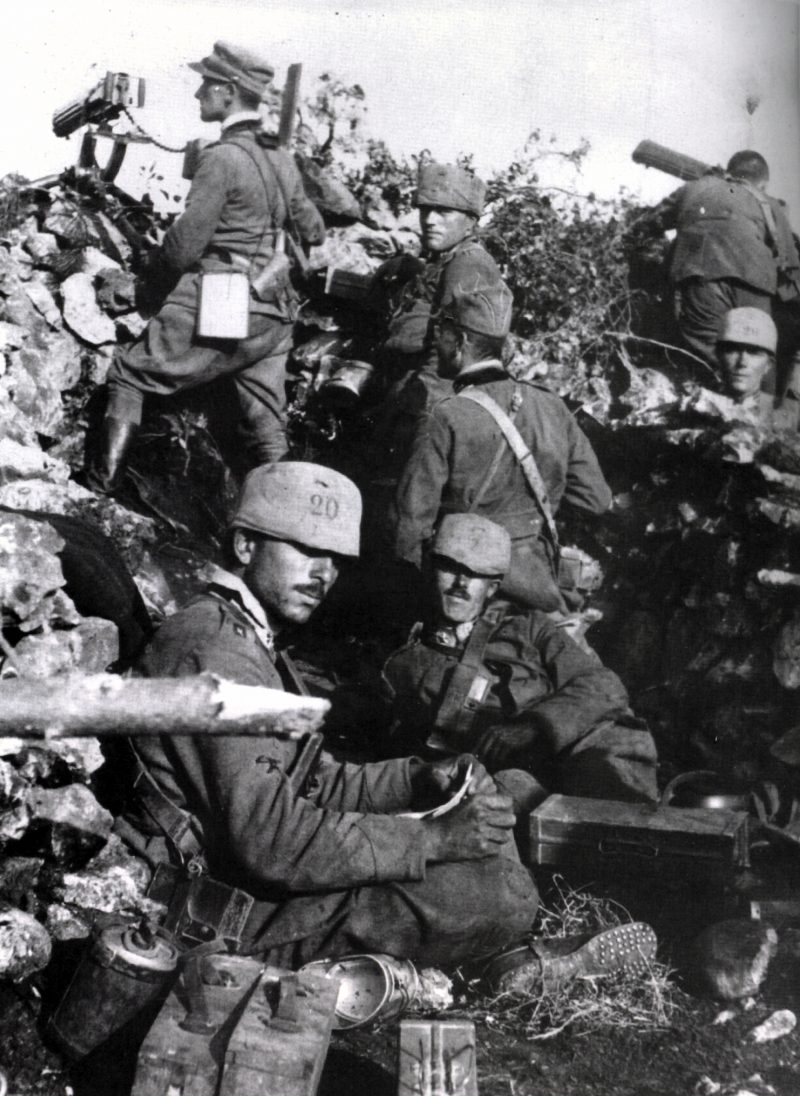Italy was a late entrant into the First World War, not joining the fighting until 1915. Its part in the war began with a series of four battles, all fought around the River Isonzo.
Italy Arrives
The start of the war in 1914 saw Italy in an odd position. The country was part of the Triple Alliance with Germany and Austria-Hungary. But many Italians disliked the Austro-Hungarian Empire, believing that its Italian-speaking regions should be part of Italy.
When war came, Italy used the aggression of its former allies as an excuse not to support them. Instead, the country stayed neutral until the spring of 1915.
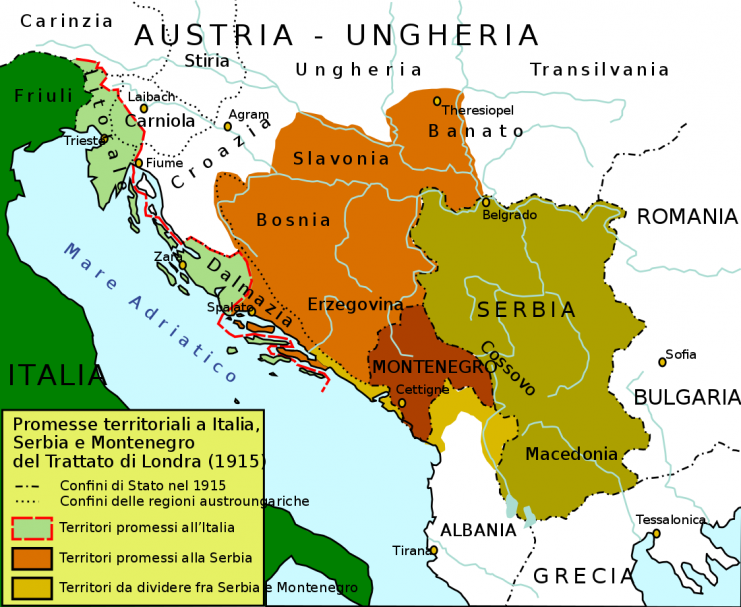
During that time, the British wooed the Italian government. This led to the Treaty of London, signed on the 26th of April 1915, in which Italy agreed to join the Allies against the Central Powers.
On the 3rd of May, Italy formally renounced the Triple Alliance, and on the 23rd of May, it declared war on Austria-Hungary.
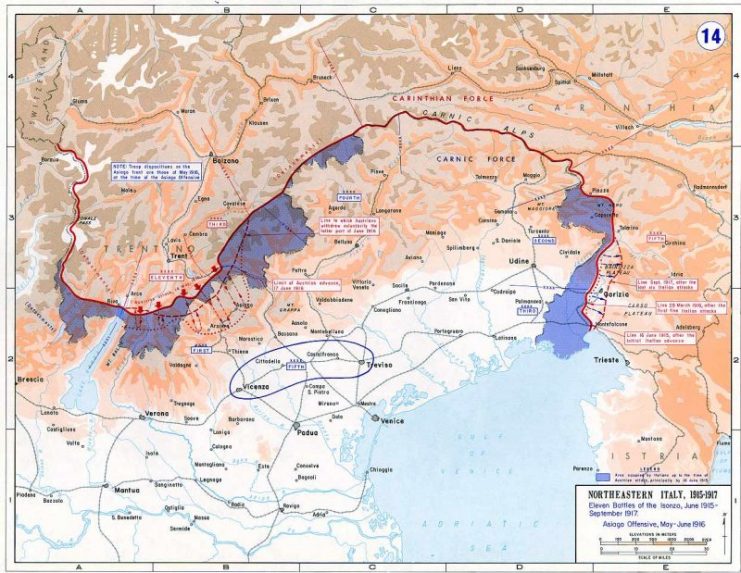
An 875,000-man army gathered to fight for Italy. It lacked modern equipment, ammunition, artillery, and even transport. Still, General Luigi Cadorna, the Commander-in-Chief, was determined to advance. And so the army set out for its first objective in Austria-Hungary, the town of Gorizia, on the far side of the River Isonzo.
The First Battle of the Isonzo
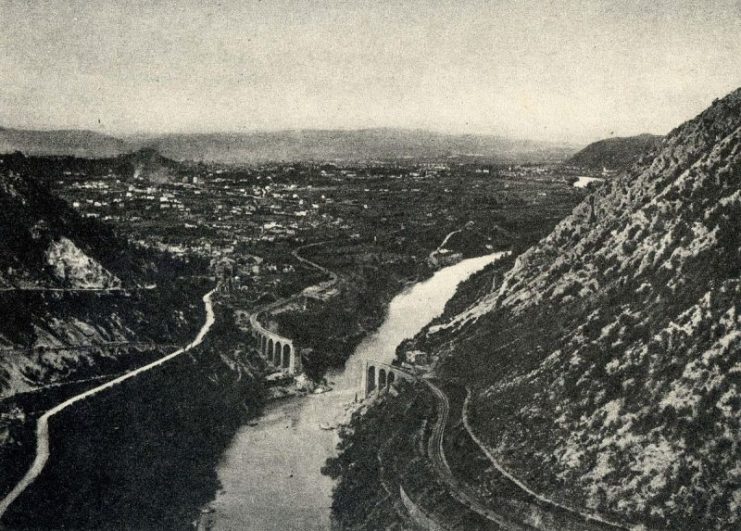
The First Battle of the Isonzo was fought from the 23rd of June to the 7th of July 1915. Commanded by General Pietro Frugoni and Duke Emanuele Filiberto of Aosta, 200,000 men of the Second and Third Armies attacked Austro-Hungarian forces who they outnumbered two to one but who had the advantage of prepared positions. The Italians’ goal was to shift the enemy from their defensive positions along the Isonzo and nearby mountains.
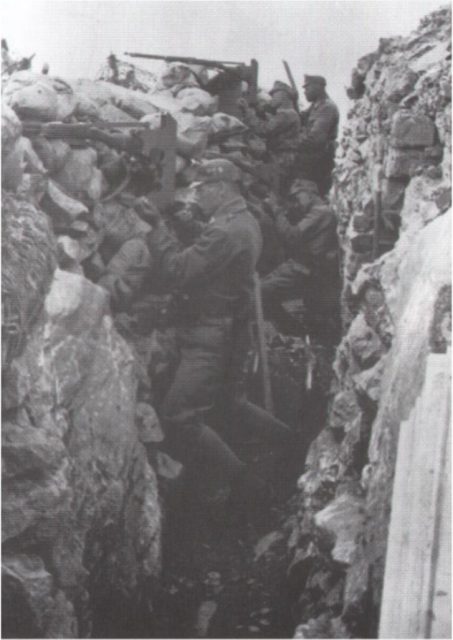
The Italian tactics consisted of short artillery barrages followed by frontal infantry assaults, as practiced on the Western Front. There were some successes, taking Monte Nero, Monte Colowrat, and the heights around Plezzo. But the Austro-Hungarian forces held high positions surrounded by barbed wire, allowing them to fend off most Italian attacks.
Some Italian troops reached the suburbs of Gorizia, where there was street-to-street fighting between the two sides. But they were unable to drive their opponents out.
In early July, reinforcements arrived to bolster the Austrians. The Italians gave up on their attacks, having achieved only slight gains.
The Second Battle of the Isonzo
In the aftermath, the Italians brought up more artillery, believing that its firepower would soften up the enemy and provide them with a breakthrough. They were short of ammunition for these guns, reducing their impact, but still had faith in their tactics.
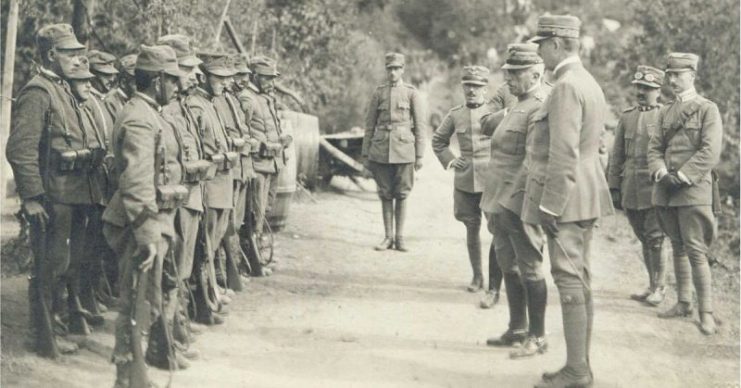
The new attack began on the 18th of July and lasted until the 3rd of August. Once again, the Italians had significantly greater numbers but were constrained by shortages of equipment. Shelling failed to properly cut through the barbed wire around the Austro-Hungarian positions, so that the wire still tangled and delayed infantry assaults, leaving men exposed.
Some of the fiercest fighting took place on the Karst Plateau. There, the two sides engaged in bitter hand-to-hand fighting using swords, knives, bayonets, and even scrap metal. It was a terrifying fight that routed the Hungarian 20th Division.
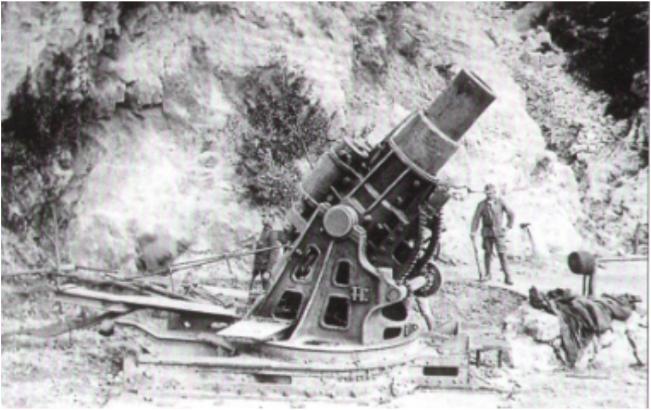
The Italians captured some territory, including the Cappucio Wood and Mount Batognica. They were flung back from Mount St Michele by a force of elite Austro-Hungarian troops under Colonel Richter.
The battle ended on a note of exhaustion as both sides ran out of ammunition. Again, both sides had taken heavy casualties and little ground had changed hands.
The Third Battle of the Isonzo
Over the next two months, the Italians brought more artillery to the front, eventually assembling around 1,200 pieces. They planned another attack, this time focused on the Austro-Hungarian bridgeheads at Bovec and Tolmin, with the hope of taking Gorizia. Cadorna hoped to win by concentrating his forces in a relatively small area with limited targets.
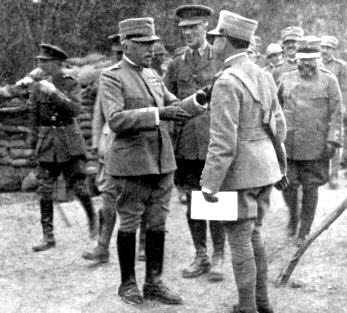
The Third Battle of the Isonzo lasted from the 18th of October to the 4th of November. By concentrating their efforts in a few small areas, the Italians allowed the Austro-Hungarians to do the same, effectively neutralizing any advantage the tactic provided.
In as far as they had an advantage, it came from the superior numbers they could still bring to bear, as their opponents were also fighting the Russians on the Eastern Front.
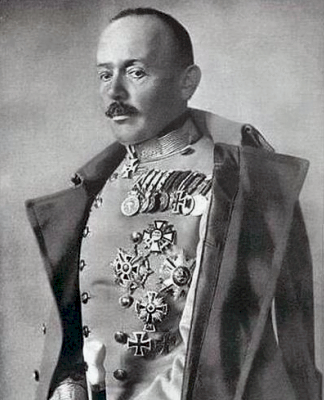
The Italians advanced to Plave, and on Mount St Michele, tried to get around the flank of the army defending Gorizia. The Karst Plateau was again the scene of bitter fighting and heavy casualties on both sides. Austro-Hungarian reinforcements under Svetozar Boroević halted the Italian advance, thanks to Boroević’s skill as a tactician.
By the end, the Italians still had not taken Gorizia, their target since June.
The Fourth Battle of the Isonzo
The Fourth Battle was launched on the 10th of November and lasted until the 2nd of December.
The Italians attacked all along the front, with a particular effort focused on taking Gorizia. They took some territory from the Austro-Hungarians, including high ground overlooking Gorizia, but not the town itself. Five attacks on Mount Sei Busi were all defeated.
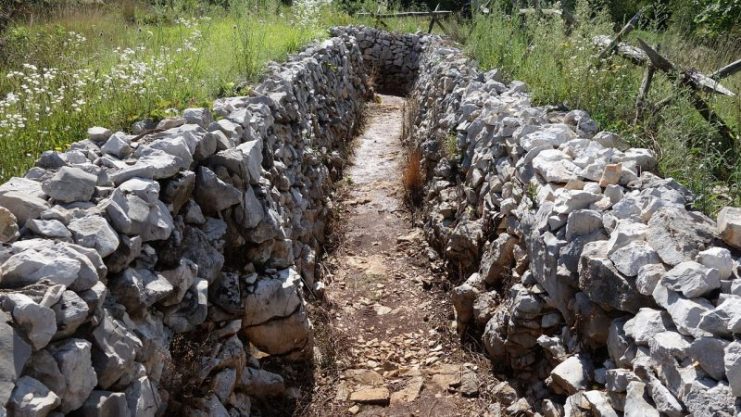
The height of the fighting came in late December, as both sides poured fire down upon the bridgehead at Tolmin. Casualties rose without a breakthrough.
As December arrived, so did icy winter weather. It became harder for the armies to do anything in the mountains, never mind fight. The battle ended and the region finally saw several months of uninterrupted peace.
By now, the Italians had lost 177,000 men while inflicting 117,000 casualties on the Austro-Hungarians. They had gained a little ground but made minimal progress toward their goals. Despite this, they would renew the same strategy the following spring.
Italy was well and truly committed to the war.
